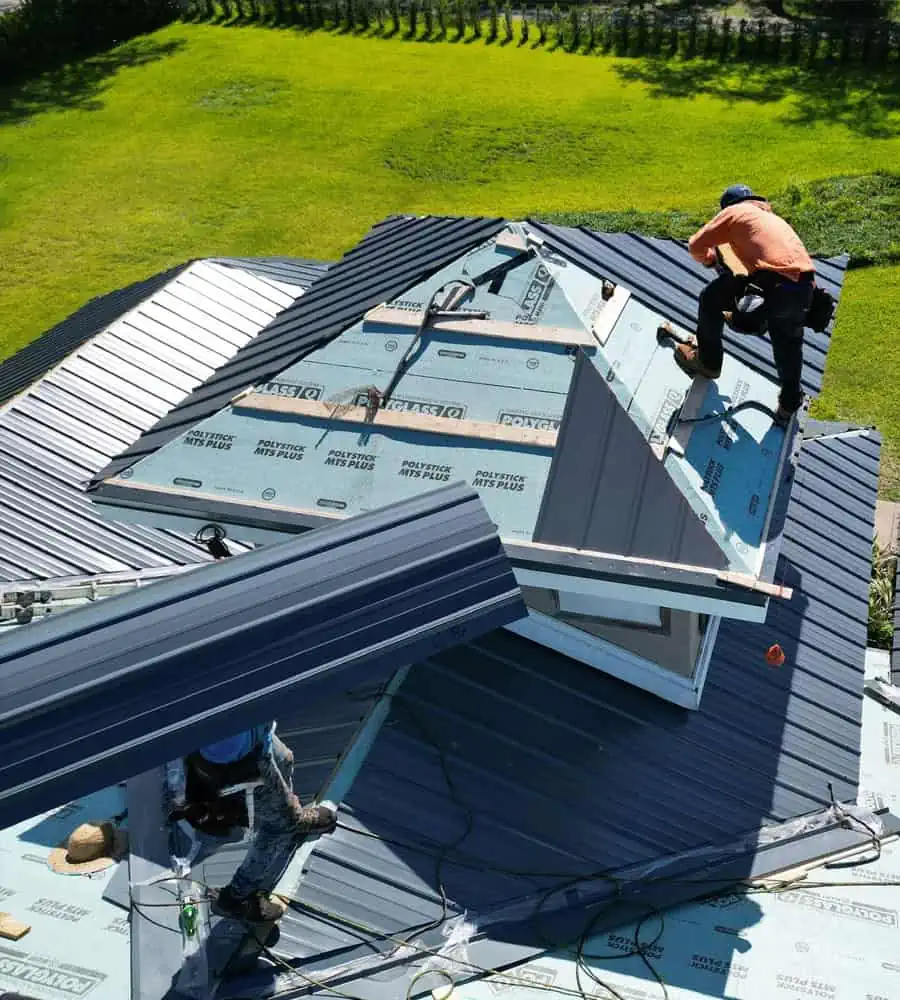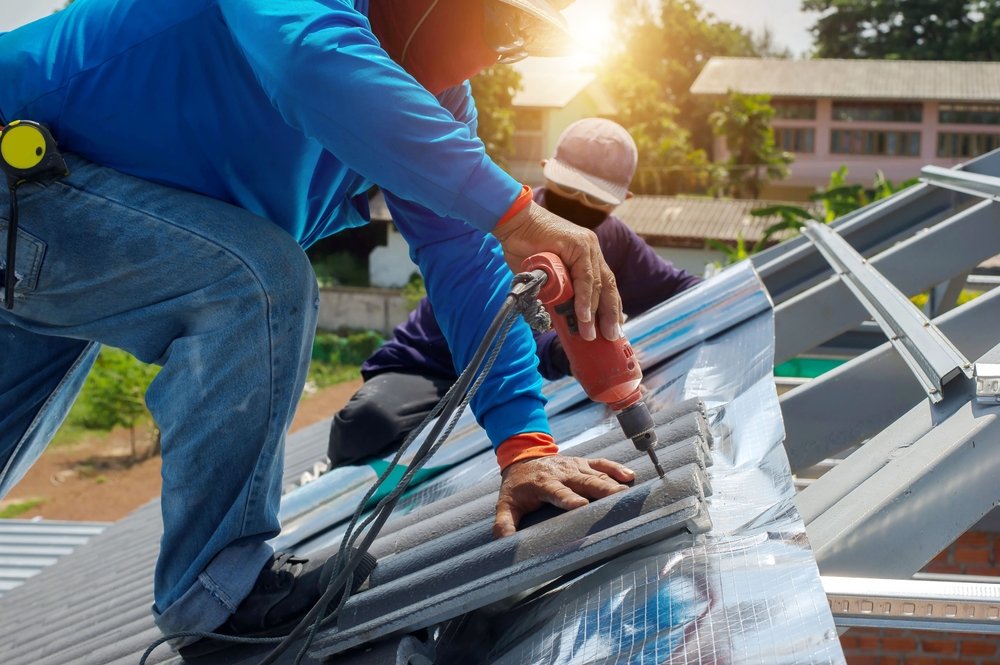Include Value to Your Residential Or Commercial Property with Skylight Installation in Cleveland Heights Services
Include Value to Your Residential Or Commercial Property with Skylight Installation in Cleveland Heights Services
Blog Article
A Comprehensive Overview to the Installation Refine of a Skylight Roofing
The installment of a skylight roof is a multifaceted process that calls for thorough preparation and implementation to make sure optimal efficiency and aesthetic appeal. This guide will detail the vital steps included, from choosing the suitable skylight type to the vital devices and materials needed for a successful installment. Recognizing the subtleties of structural honesty and waterproofing is critical, as these factors directly influence the durability of your skylight. As we check out each stage, it becomes clear that focus to detail is not just useful yet vital for achieving a seamless integration of all-natural light right into your area.

Recognizing Skylight Types
When thinking about a skylight setup, it is important to recognize the different types offered, each developed to accomplish different visual and functional requirements. One of the most common sorts of skylights consist of taken care of, aired vent, tubular, and operable versions.
Set skylights are non-opening devices that serve mostly to give all-natural light and improve indoor areas. Skylight Installation in Cleveland Heights. They are excellent for areas where ventilation is not an issue. Vented skylights, on the other hand, feature a device that enables them to open, promoting airflow and reducing humidity levels. These are specifically advantageous in cooking areas or bathrooms.
Tubular skylights are portable and created to capture sunshine via a little dome on the roof covering, directing it down a reflective tube right into the home. This type is useful for smaller sized locations or spaces that call for added light without jeopardizing ceiling height. Last but not least, operable skylights integrate both all-natural light and air flow, making them versatile in various environments.
Each skylight type offers distinct advantages, and the choice depends on elements such as the intended usage of the area, neighborhood environment, and building style. Hence, understanding these choices is critical for making an informed decision.
Planning For Installment
Choosing the suitable kind of skylight is just the start; sufficient preparation for setup is important for guaranteeing a successful task. Prior to starting the installation procedure, it is essential to assess the structural stability of the roof where the skylight will certainly be mounted. This includes monitoring for any kind of signs of damage, such as rot or leakages, which may lead and jeopardize the setup to future problems.
Next, it is necessary to plan the location of the skylight very carefully. Think about variables such as sunlight exposure, possible blockages (like trees or neighboring buildings), and the overall appearances of the room. Marking the area clearly will assist in visualizing the last outcome and help stop errors throughout setup.
Additionally, assessing local building regulations and getting essential authorizations is important to guarantee compliance with guidelines. This step will certainly assist avoid potential fines and make sure the security and validity of the installment.
Devices and Products Needed
A successful skylight installment calls for a particular collection of materials and devices to make sure precision and efficiency throughout the procedure. Essential tools include a tape action, degree, round saw, and utility knife, which are important for exact measurements and cutting. A drill and proper drill bits are necessary for creating holes for mounting brackets, while a hammer and nails or screws are needed for look what i found protecting the skylight in place.
The skylight system itself must be picked based on the size and type ideal for the roof covering. Roof concrete and caulking are also needed to give added waterproofing around the skylight sides.
Safety equipment, such as gloves, safety glasses, and a construction hat, must not be ignored to secure against possible dangers throughout the installation. Lastly, tarps or ground cloth can be advantageous to capture particles and shield the inside of the space listed below. Jointly, these tools and materials lay the foundation for an effective skylight installment.
Step-by-Step Installation Refine
Effectively setting up a skylight entails an organized technique that makes certain both performance and aesthetic appeals. Begin by marking the wanted area on the ceiling, ensuring it lines up with the architectural components of the roofing. Next, reduced an opening that corresponds to the measurements of the skylight framework, taking care to avoid any kind of electric wiring or pipes.
Once the opening is prepared, install blinking around the perimeter to draw away water away from the skylight. Placement the skylight into the opening, ensuring it sits flush with the roofline.
Following, use roofing concrete along the sides of the skylight and around the flashing to develop a watertight seal. Mount the interior trim to cover any revealed sides and to supply a finished look inside the home. Ultimately, inspect the setup for any voids or imperfections that can cause leakages. Properly inspecting the skylight ensures resilience and boosts its visual allure, supplying an attractive resource of natural light for several years to find.
Wrapping Up and Preserving Your Skylight
After the installment of your skylight is full, it's important to finish up the procedure by ensuring that all ending up touches are applied and appropriate upkeep regimens are established. Begin by examining the interior and outside seals for any type of voids or inconsistencies that could bring about leaks. Appropriate securing is critical for the long life of your skylight.
Following, tidy the glass surface with a mild, non-abrasive cleaner to maintain clarity and improve all-natural light infiltration. Prevent more info here severe chemicals that might harm the structure or seals. Routinely look for particles buildup around the skylight, as this can lead to drainage issues and might require periodic cleaning.
Establish a maintenance routine, preferably every 6 months, to analyze the condition of the skylight. Look for signs of wear, consisting of wear and tear of seals or structure products. If you notice any kind of issues, address them quickly to avoid additional damages.
Conclusion

The installation of a skylight roofing system is a diverse process that calls for precise preparation and implementation to guarantee optimal performance and aesthetic charm.Picking the suitable kind of skylight is just the beginning; sufficient preparation for installation is vital for ensuring an effective project.A successful skylight setup calls for a particular collection of products and tools to guarantee accuracy and efficiency throughout the procedure.After the setup of your skylight is full, it's essential to cover up the process by making certain that all ending up touches are used and appropriate upkeep routines are developed. Making certain structural integrity, learn this here now appropriate blinking setup, and a leak-proof seal are essential for the skylight's performance and durability.
Report this page